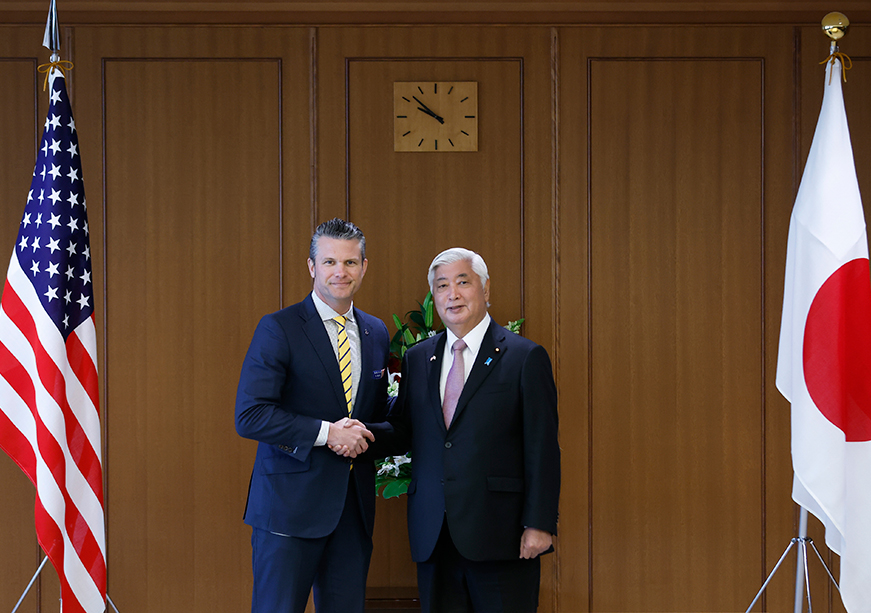.png)
This is part of the essay series: World Population Day 2024
Imagine healthcare as an orchestra where each instrument is a different aspect of health. Precision Medicine (PM) is the soloist, performing a patient-care opus; Population Health (PM), on the other hand, is the conductor, who guides the choir of overall healthy living. At first glance, these approaches might seem contradictory; precision medicine customises medical treatment to the individual whereas population health targets entire groups. Is it possible then to create a healthcare masterpiece that is both intensely personal and broadly impactful? As we celebrate World Population Day, focusing on investing in data systems, it is imperative to explore how these seemingly opposing concepts can be strikingly complementary.
The personal touch
PM looks at the individual characteristics of each patient, moulding the treatment based on genetics, environmental, and lifestyle factors. This approach optimises therapeutic efficacy and also minimises adverse effects. For instance, in oncology, targeted cancer therapies have revolutionised treatment in recent years by taking the genetic profile of both the patient and the tumour into account. A study on non-small cell lung cancer revealed that while precision medicine approaches may lead to increased costs for biomarker testing, other healthcare costs—such as for treating adverse events, and end-of-life care, have decreased. Moreover, a study by Dzau et al. (2015) has found that PM innovations could generate socio-economic value to the tune of hundreds of billions of euros through longer and healthier lives.
A practical example is the All of Us research program (AoURP) in the United States (US) which aims to collect health data from diverse populations to inform personalised treatments and public health strategies. This programme engages communities in setting research priorities and ensures data inclusivity, seeking to engage with a cohort of over 1 million people.
A practical example is the All of Us research program (AoURP) in the United States (US) which aims to collect health data from diverse populations to inform personalised treatments and public health strategies. This programme engages communities in setting research priorities and ensures data inclusivity, seeking to engage with a cohort of over 1 million people.
In India, PM adoption is gaining momentum, driven by technological leaps and increasing private sector investments. The Indian PM market is expected to grow significantly, reaching ~US$7.3 billion by 2028, with a CAGR of 11-14 percent. Initiatives like the Genome India Project aim to build a reference genome, advancing next-generation PM and making it more accessible to Indian populations.
The big picture
Population Health (PH) addresses the health outcomes of groups by analysing data to identify trends, risk factors, and effective interventions. It aims to improve outcomes for entire populations by grappling with the social determinants of health, such as housing, water, sanitation, education, and economic stability. The differences between PM and PH often spark debate, as some argue that focusing on individual-level data might overlook broader societal trends, while others believe that population-level data may not sufficiently address individual needs.
Population Health (PH) addresses the health outcomes of groups by analysing data to identify trends, risk factors, and effective interventions. It aims to improve outcomes for entire populations by grappling with the social determinants of health, such as housing, water, sanitation, education, and economic stability.
The advent of big data and Real-World Data (RWD) which includes data from records, insurance claims, and health apps, has transformed the PH landscape. For example, during the COVID-19 pandemic, PH initiatives were key in identifying high-risk groups and modifying public health responses accordingly. Data-driven strategies enabled authorities to track the spread of the virus, implement targeted lockdowns, and prioritise vaccine distribution.
Building bridges: Precision population health
Precision Population Health (PPH) combines the personal approach of PM with the broad blueprint of PH. It leverages personal health data, such as genetic information, alongside large population data to create custom health interventions that benefit both individuals and communities. PPH is often mistakenly confined to the cluster of “omics”—genomics, proteomics, and other related fields. However, it includes much more, such as environmental factors, lifestyle, and social determinants.
Despite its potential, the integration of PM in PH is still limited. A significant educational divide among healthcare providers persists regarding the application of PM techniques in public health settings. Programmes like the All of US research programme discussed earlier are trying to bridge this gap. Dr Muin Khoury, who is a prominent figure in public health genomics, emphasises the importance of integration and advocates for polygenic risk scores to identify individuals at higher risk for diseases. This can help ensure PM benefits are extended to larger populations.
Despite its potential, the integration of PM in PH is still limited. A significant educational divide among healthcare providers persists regarding the application of PM techniques in public health settings. Programmes like the All of US research programme discussed earlier are trying to bridge this gap.
Conversely, PH data can inform PM by providing context on the broader health trends affecting individuals. For example, mHealth and wearable sensing technologies, which can collect real-time health data, are being used to personalise treatments for individuals and also inform public health strategies.
The Indian Microbiome Project, the Indian Cancer Genome Atlas, and other related entities research the diversity of microbial communities in the Indian population to understand their impact. The government of India has also launched a programme—Unique Methods of Management and Treatment of Inherited Disorders (UMMID) in 2019—for the management of inherited genetic disorders where NIDAN Kendras were established, with doctors skilled in human genetics, which screen pregnant women and new-born babies at the primary level. Besides omics, the country has made rapid strides in the digitalisation of health and the generation of health IT.
Clearing the path: Barriers and recommendations in PPH
PPH holds immense potential, but several barriers must be addressed to achieve seamless integration. These challenges can be multifaceted and may require holistic solutions. Some key barriers are compiled in Figure 1:
Figure 1: Barriers to the integration of Precision Medicine and Population Health

Source: Compiled from multiple sources by the author; (1), (2), (3), (4), (5)
To overcome these barriers and fully realise the potential of integrating Precision Medicine (PM) with Population Health (PH), the following recommendations can be key:
-
Prioritising availability and investment: Investing in advanced technologies, including genomic sequencing, big data analytics, and wearable health devices can go a long way. Government subsidies and funding can be directed towards R&D in precision medicine and devices.
-
Data sharing and collaboration: Establish frameworks for data sharing ensuring data privacy and security. Transparent data governance is crucial for building public trust.
-
Education and training of healthcare workers: Detailed training programs for providers can be developed to equip them with the skills necessary to implement PPH strategies.
-
Building infrastructure and raising awareness: Awareness regarding infrastructure for genetic testing and data collection must be raised to prevent patient data silos and fragmentation. A robust RWD infrastructure is important to identify trends in health behaviours and develop targeted interventions. Examples like the EHR add-on, the Stanford Green Button (Longhurst et al. 2014) can utilise vast networks of Real-World Data to answer PM questions. Advancements in Natural Language Processing (NLP) and Machine-Learning (ML) now make it easy to analyse large datasets.
-
Community engagement and lessons from local levels: Engage communities in setting research priorities and ensuring data inclusivity. Local-level insights can be incorporated into broader PPH strategies.
-
India’s focus on Non-Communicable Diseases (NCDs): Focused programs similar to the US Precision Medicine Initiative, 2015 can be tailored to advance PPH research and prevent chronic diseases. Moreover, certain endemic belts for genetic diseases in India such as Vidarbha (Sickle Cell) may benefit from newer targeted interventions and large-scale genetic/clinical screening to identify sub-groups.
-
PPH units: The World Health Organisation (WHO) has established PPH units and cluster teams in Africa to support health initiatives in the continent. Establishing similar units or international collaboration to share best practices and technologies should be encouraged.
Combining personalised care techniques with broader population data makes it possible to harness the power of big data to create an effective system. Governments must establish a roadmap for the coming decades, understanding the importance of inclusive data and the synergy that PM and PH can offer. Much like an orchestra, PPH can promise a symphony of improved health outcomes and resilient well-being for all.
K. S. Uplabdh Gopal is an Associate Fellow within the Health Initiative at the Observer Research Foundation.
The views expressed above belong to the author(s). ORF research and analyses now available on Telegram! Click here to access our curated content — blogs, longforms and interviews.



.png)
 PREV
PREV


